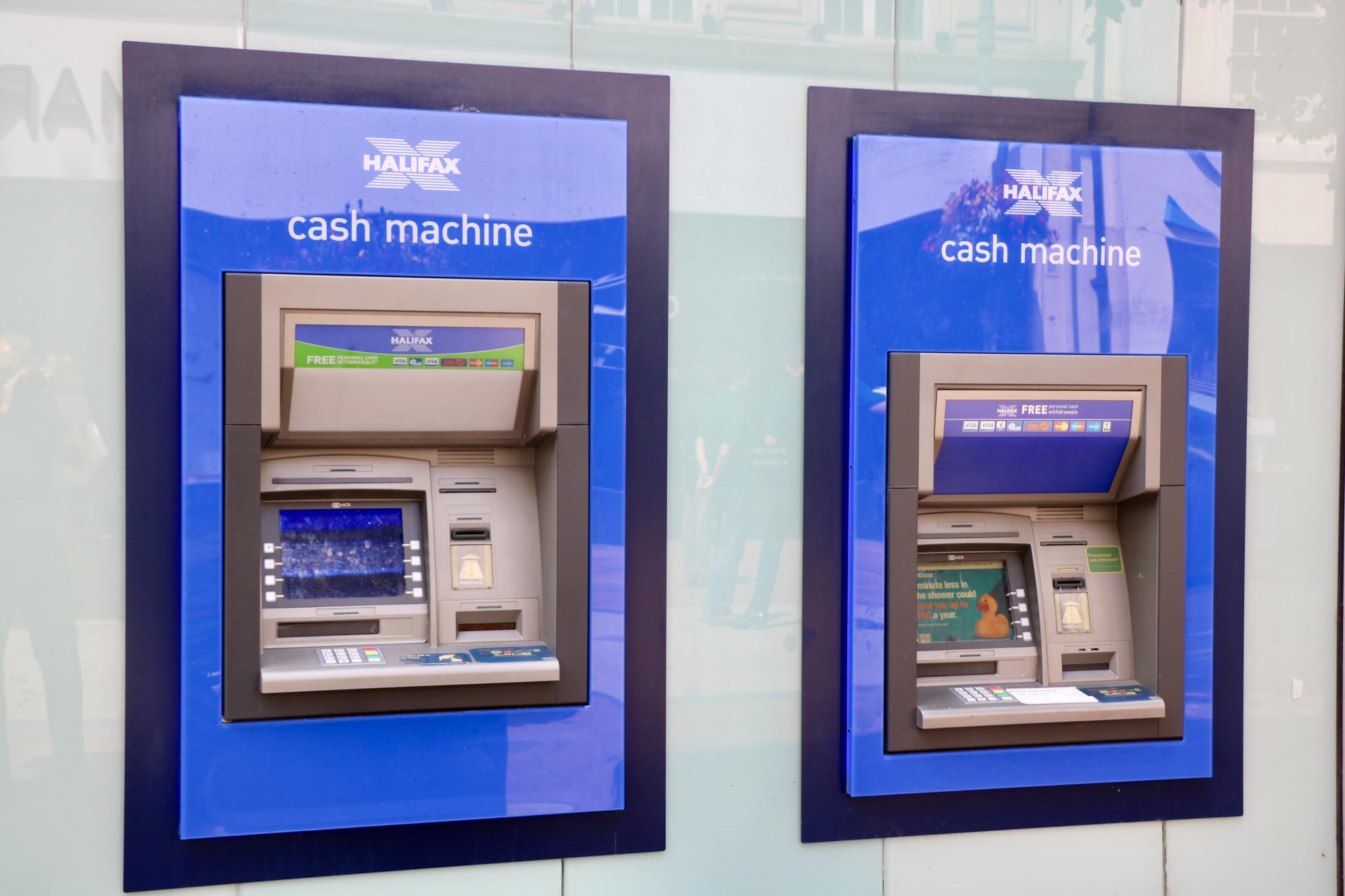Test- FTSE 100 Kicks Off August on a High as BP and Senior Lead Market Momentum
$11
10 Oct 2025, 13:13

Shutterstock.com

Last week, the Treasury Committee wrote to a number of UK banks to inquire as to why they provide such pitifully low-interest rates to depositors.
A quarter of all personal current accounts in the UK are held by Nationwide, Santander, TSB, and Virgin Money. But they are giving their savings between 0.7% and 1.3% on quick access accounts.
Virgin Money is the worst perpetrator in this case. It offers an absurdly low rate of 0.25% for its regular savings account.
People aren't getting any better service from the UK's main four banks, Barclays, HSBC, Lloyds Banking Group, and NatWest Group either. Their charges for immediate access hover around 1%. A few weeks ago the Treasury wrote to them as well.
The banks who have so far replied have mainly stated that there is no issue because they have alternative products that individuals may utilise. However, it is an issue as none of them are immediate or easily accessible. Virgin offers an account that, for instance, offers a rate of 4.2%, but if you deposit money into it, you can't withdraw it for two years.
Other banks will provide greater rates, but they will make up the difference by requiring you to open a current account with them as well. At Barclays, you can receive 5.12% on savings totalling £5,000, except that in order to take advantage of the offer, you must have a current account and enrol in the Blue Rewards Scheme. The Blue Rewards Scheme requires putting in £800 every month in addition to a £5 monthly charge. And the rate drops to 0.65% after reaching £5,000.
While Lloyds provides a 2.7% account that automatically converts to a Standard Saver Account after a year. The Standard Saver only offers 0.85% in interest.
Nationwide offers a somewhat better, but still not desirable, account that pays 3.2% but only permits three withdrawals annually (with more withdrawals the rate drops to 1.25%).
Some new entrants amongst all these banks do receive better offerings, but it still boils down to the overall image. Why should your neighbour, who may be equal in all aspects to you, receive 4% while you receive 1%?
The above UK banks need to start having a think about their deposit rates after the SVB bankruptcy. Especially after £11 billion was pulled out of UK bank accounts in March, which could have been as a result of the recent banking crisis. They (banks) would not want to see a gradual shift of withdrawals turn into a surge.
(bloomberg.com, committees.parliament.uk)